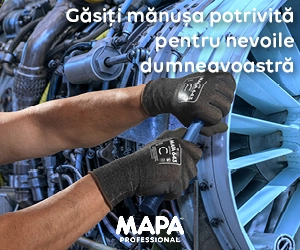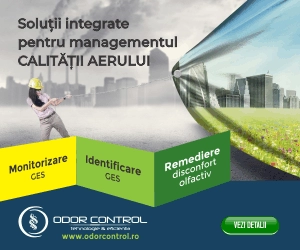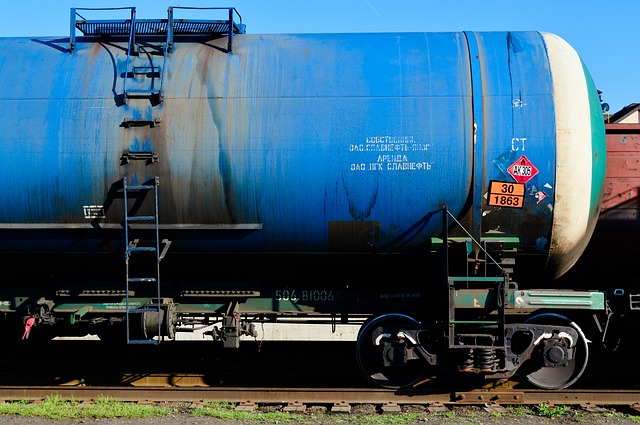Safety management what is it and why you should use it

Back in October, 2016, OSHA created a final version of their new guideline for safety and health management programs, titled Recommended Practices for Safety and Health Programs. In this article, we’ll give a quick overview of OSHA’s safety and health management program guidelines.
What is Safety and Health Management?
So first question first: what is safety management?
You can think of a safety and health management system as something that makes your safety efforts at work forward-thinking and proactive, whereas traditional safety management efforts often look only at incidents, meaning they’re backward-focused and reactive. This is similar to and related to the distinction between lagging and leading safety indicators for safety measurement.
Benefits of Safety Management
The primary goal of a safety and health management program is to prevent workplace injuries, illnesses, and deaths (and all their secondary consequences, such as the hardship these incidents place on employees, their families and friends, the community, and employers).
In addition, though safety management programs have been linked to:
Improvements in product, process, and service quality
Better workplace morale
Improved employee recruiting and retention
A more favorable image and reputation (among customers, suppliers, and the community)
Direct and Indirect Benefits of Safety Management
Safety management provides both direct and indirect benefits to the employer.
As an example of direct benefits, OSHA’s guideline offers these sample statistics from “a study of smaller employers in Ohio who worked with OSHA’s SHARP program to adopt safety management principles:
52% decrease in workers’ compensation claims
80% decrease in cost per claim
87% decrease in average lost time per claim
88% decease in claims per million dollars in payroll
But there are also indirect benefits, including reduces costs associated with:
- Time lost due to work stoppage
- Time lost due to incident investigations
- Training & other costs necessary to replace injured workers
- Property loss and damage
- These indirect costs have been estimated to be at least 2.7 times greater than the direct costs.
7 Key Elements of Safety Management
OSHA refers to the following as the “7 core elements” of safety and health programs.
1 Management Leadership
For a safety management program to work, the organization’s managers have to provide leadership, vision, and resources. They need to make it clear that safety and health are core values of the company. And they have to demonstrate, communicate, and model their commitment to safety at work.
2 Worker Participation
A safety management program won’t work if workers aren’t actively involved and if they don’t continually participate.
Workers often know more about some job-associated safety and health hazards than management or safety personnel. In addition, they have the most at risk, and they are the operational end where the “rubber meets the road” in terms of safety.
3 Hazard Identification & Assessment
A hazard is something that can cause harm at work (see our articles on the JHA and Risk Management and Safety for more on this).
According to OSHA, one of the most common root causes of injuries and illnesses at work is “is the failure to identify or recognize hazards that are present, or that could have been anticipated.” Source: Recommended Practices for Safety and Health Programs (OSHA 3885), OSHA, October 2016, p. 15.
And because of that, it’s important to identify and assess hazards.
4 Hazard Prevention & Control
Once you’ve identified workplace hazards and prioritized them for correction, the next obvious step is to address the hazard to eliminate or reduce the risk. This process is known as controlling the hazard, and this phase of safety management focuses on identifying the correct control for each hazard and putting it into place.
Controlling Hazards and the Hierarchy of Controls
Let’s take a little closer look at hazard controls and the hierarchy of controls.
What does it mean to control a hazard?
“Controlling a hazard” is the way that safety people talk about taking a hazard and either:
- Removing its ability to cause harm
- Reducing its ability to cause harm
So, in everyday language, controlling a hazard is a way to make the workplace safer by making a hazardous situation less dangerous.
Are there different types of hazard controls?
Just as there are different categories of hazards, there are also different categories of hazard controls. Those hazard controls are listed in the table below.
What Is the Hierarchy of Controls?
It’s important to work through a logical progression when you’re considering controls for a hazard. That logical progression, from first to last, is represented by the hierarchy of controls.
1 Elimination
2 Substitution
3 Engineering Controls
4 Administrative Controls/Work Practice Controls
5 Personal Protective Equipment (PPE)
Why are the controls in the hierarchy of controls ordered in the way they are?
The most effective controls are the ones ranked at the top. Think about it--you can’t do much better than completely eliminate a hazard, can you? Likewise, using an engineering control (such as enclosing a noisy machine inside a sound-proof barrier) is going to be better than limiting the number of hours a worker can work in the room with the noisy machine, right? You’ll notice that the use of personal protective equipment is at the bottom of the pyramid. That means it’s the control that should be tried last. And that’s because it’s the least effective.
Using More than One Control to Control a Hazard
Many times, you’ll find you can’t completely control a hazard by using just one of the controls.
What should you do? Use more than one control.
For example, you could use Substitution to remove a very hazardous chemical with a less hazardous chemical. But it may still be necessary to create Administrative Controls that limit the time a worker is near the chemical, and even then it may still be necessary to provide the worker with personal protective equipment (PPE).
Use PPE ONLY as a Last Resort
Although PPE may be of the first thing that comes to mind when you’re thinking of controlling a hazard, it should never be the first control you turn to. In fact, you should only turn to PPE as a possible control when all other controls have been exhausted and there’s still an unacceptable level of hazard.
For more on this, see our detailed article on the hierarchy of controls.
5 Safety Training & Education
Safety training and education are important as well. This includes making sure everyone knows how to perform their jobs safely; knows how to identify, report, and control hazards; and understands the safety management program in general and their role in it in particular.
Always use adult learning principles when providing training, and consider a blended learning approach that integrates field-based training, classroom training, online safety training, written training, self-guided training, on-the-job training (OJT), and in-the-field performance support (download our Blended Learning for Beginners Guide here).
You may find the following resources helpful during this section:
OSHA’s Online Hazard Identification Training eTool
Free JHA Guide
What is the Hierarchy of Controls?
Free Hierarchy of Controls Online Course
6 Safety Management Program Evaluation & Improvement
You can’t just implement your safety management program and walk away from it, patting yourself on the back for a job well done.
You’ll have to monitor it, evaluate its performance, and improve it from time to time. Improvements may be necessary because something isn’t working or because something has changed.
This is when your Deming Plan-Do-Check-Act cycle comes to full fruition.
For more information, check out our detailed article on monitoring, evaluating, and improving a safety management system.
7 Communication & Coordination for Host Employers, Contractors, and Staffing Agencies
Your company may and likely does have many workers who aren’t full-time employees. It’s still important to communicate and coordinate safety management efforts with these people and organizations, including host employers, staffing agencies, temporary employment agencies, seasonal workers, contractors, sub-contractors, and more.
The ultimate goal of these efforts is to ensure that contractors, staffing agencies, and all people mentioned above are aware of:
- Hazards that may be present
- How to avoid or control their exposure to those hazards
- How to contact the most employer to report an injury, illness, incident, near-miss, or safety concern (and to whom)
- The Importance of Continuous Improvement
Although this is covered in one of the seven phases mentioned above, it’s important to remember that you’ll never get your safety management system just right with the first attempt.
And even if you did, something would change that would call for a correction or would provide an opportunity for further improvement.
That’s where the importance of continuous improvement comes in. Remember, you’ll never fully be done with your safety management program, and you should always strive for improvement. In addition, OSHA recommends “starting small” and growing over time.
10 Tips for Getting Started with Your Safety Management Program
1 Set safety and health as a top priority
Always have safety and health as a top priority. Tell workers this is a top priority. Then follow through.
2 Lead by example
Practice and model the safety behaviors you want others to follow and practice.
3 Implement a reporting system
Make sure your organization has a system for reporting and acting on injuries, illnesses, incidents, near-misses, hazards, and safety concerns. Make sure there’s no retaliation for reporting, and make sure workers know that.
4 Provide training
Train workers how to identify hazards, how to report hazards, how to control hazards, and of their role in the safety management system.
5 Conduct inspections
Conduct regular workplace inspections and job hazard analyses (JHAs) to look for hazards
6 Collect hazard control ideas
Once hazards are identified, gather ideas for controlling them. Be sure to seek employee input.
7 Implement hazard controls
Once hazards are prioritized, use the hierarchy of controls to plan then implement controls.
8 Address emergencies and non-routine situations
Consider safety measures for emergencies and non‑routine work situations.
9 Seek input on
workplace changes
Before changes at the workplace, get employee input on safety and hazard issues related to the change.
10 Make improvements
Build a process for evaluating and improving your safety management system on a regular basis.
article by Jeffrey Dalto, Convergence Training






